Custom Stainless Steel Casting Parts: What Should You Check Before Ordering?
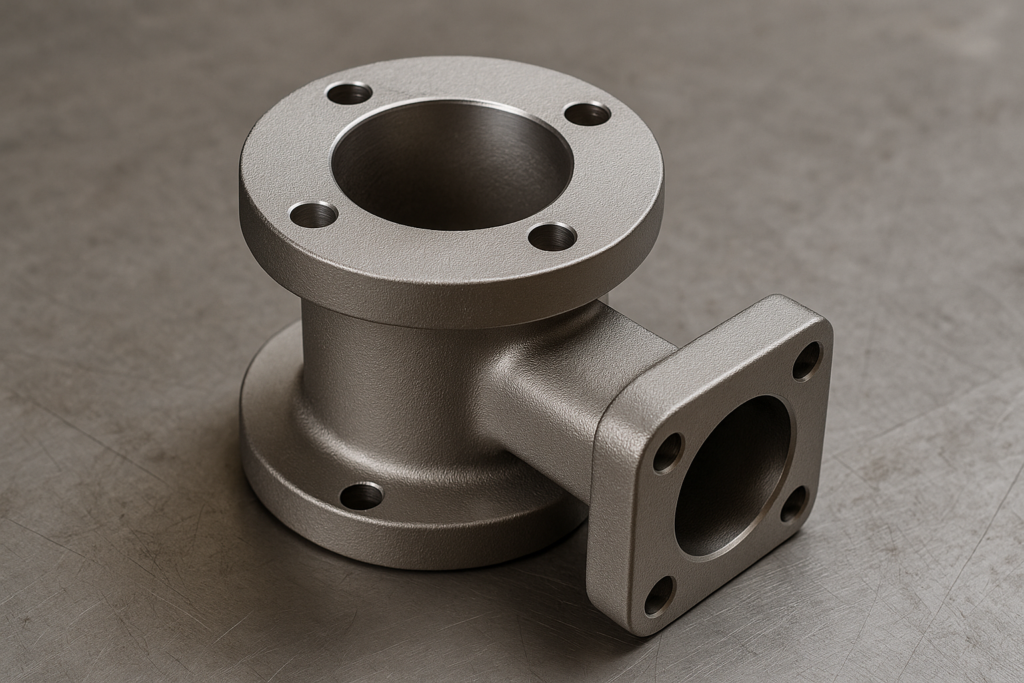
Custom Stainless Steel Casting Parts: What Should You Check Before Ordering? Vague specs cause delays, scrap, and leaks. Stainless steel casting1 behaves differently from machining or forging. I explain how to pin down process, tolerances2, alloys, finishes, and tests so your parts pass inspection on the first lot. To order stainless steel castings correctly, define […]
How do I specify custom casting parts and sand casting molds for reliable production?
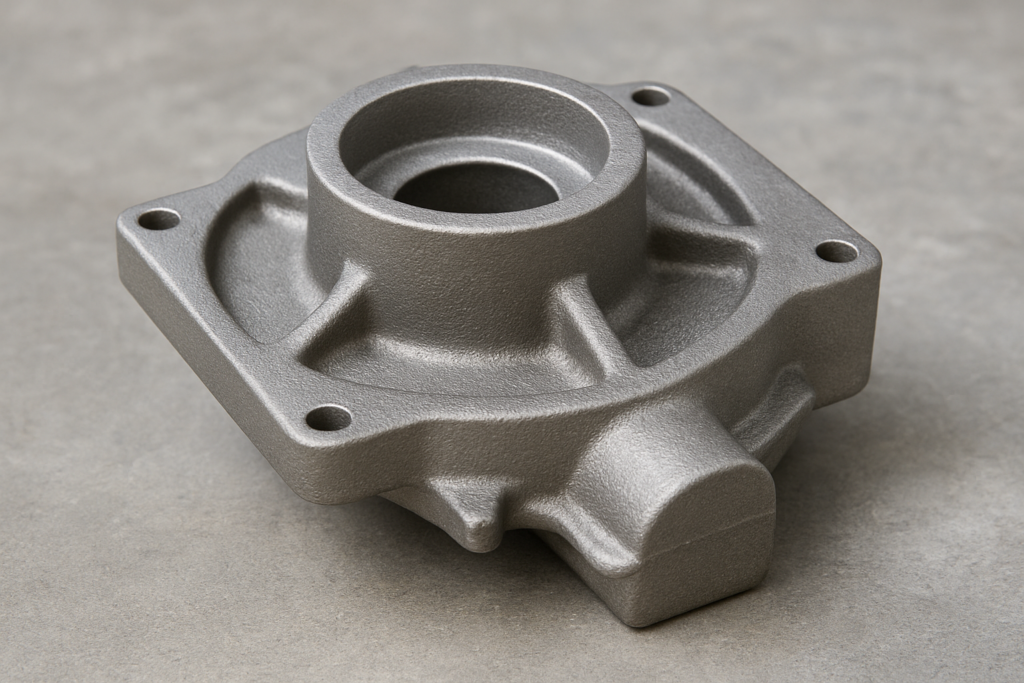
How do I specify custom casting parts and sand casting molds for reliable production? Late tooling, ambiguous tolerances, and transit scuffs drain margins. I show the exact specifications buyers should set so sand-cast parts launch right the first time.Late tooling, ambiguous tolerances1, and transit scuffs drain margins. I show the exact specifications buyers should set […]
How Can You Get Metal Casting Parts Quick Quotation and Transform the Inquiry Operation Process?
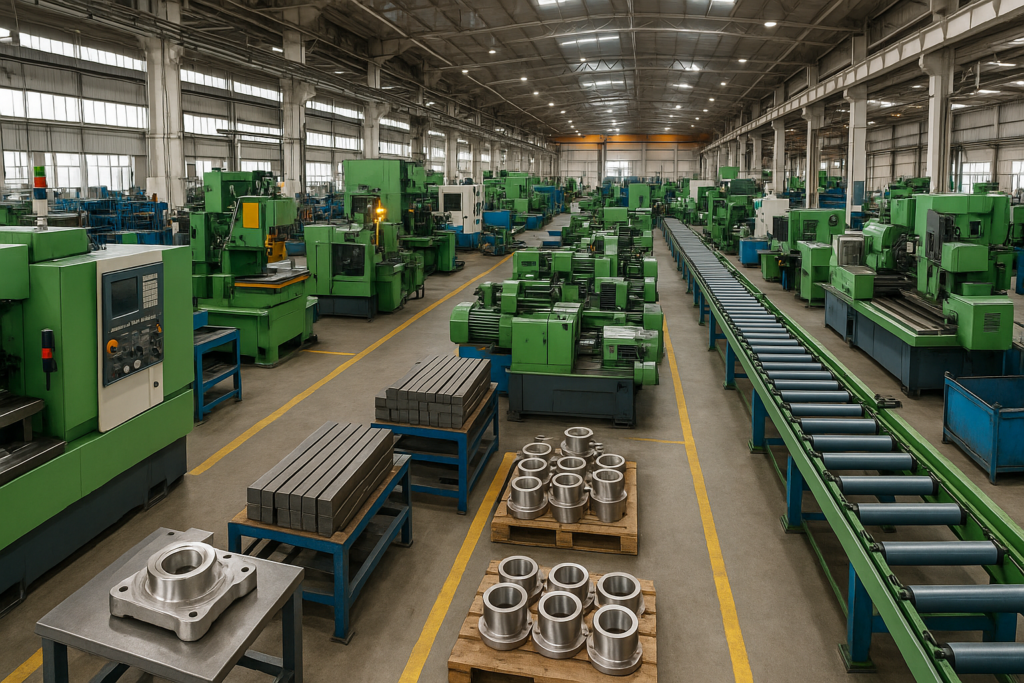
How Can You Get Metal Casting Parts Quick Quotation and Transform the Inquiry Operation Process? Many buyers lose time and money due to slow responses1 and unclear supplier communication2. Getting fast, accurate quotations for metal casting parts1 starts with detailed files, proper communication, and a proven supplier process. In this guide, you’ll learn how to […]
How to Select the Supplier of Precision Metal Casting Parts Recommended by Chinese Manufacturers with ISO Certification?
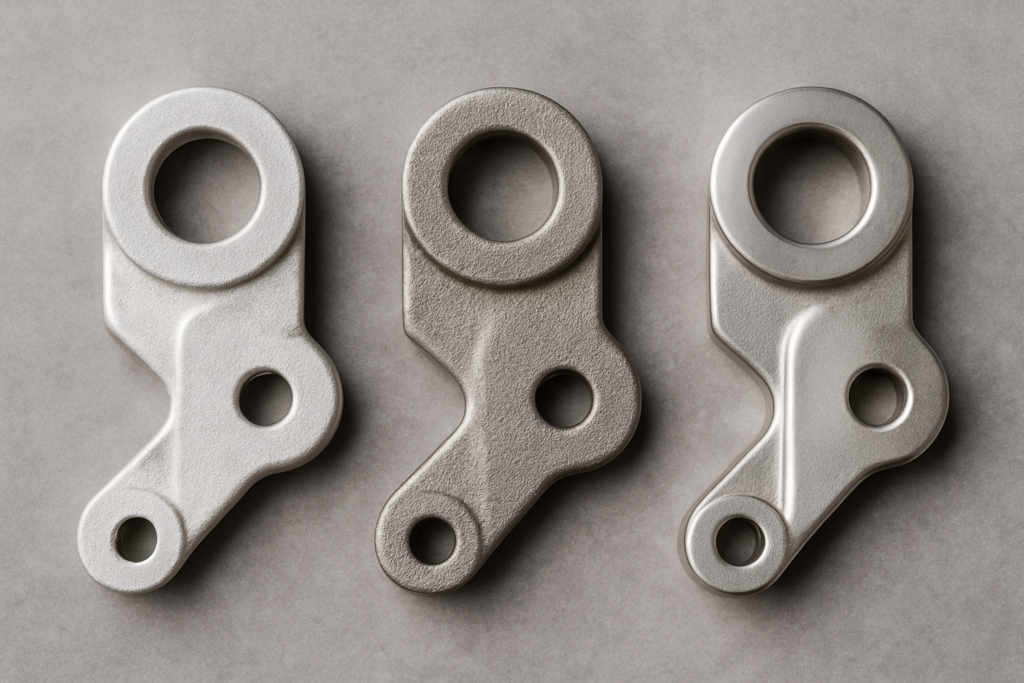
How to Select the Supplier of Precision Metal Casting Parts Recommended by Chinese Manufacturers with ISO Certification? Finding a precision metal casting supplier1 is not easy. Delays, defects, and poor communication2 can all ruin your project. Selecting an ISO-certified Chinese supplier1 protects your business. You get consistent quality, competitive pricing, and fast lead times. In […]
How to Choose the Right Metal Casting Parts? A Complete Guide from Custom Prototypes to Mass Production
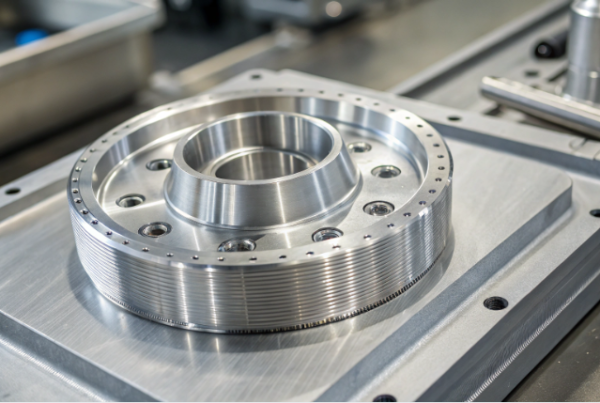
How to Choose the Right Metal Casting Parts? A Complete Guide from Custom Prototypes to Mass Production Metal casting parts1 selection troubles many OEM buyers. Confusion around process, quality, and supplier choices2 often leads to delays and waste. Choosing the right custom metal casting parts1 involves understanding processes, supplier certifications, and project requirements. Each casting […]
OEM Metal Casting Parts: What Engineers Must Know Before Ordering
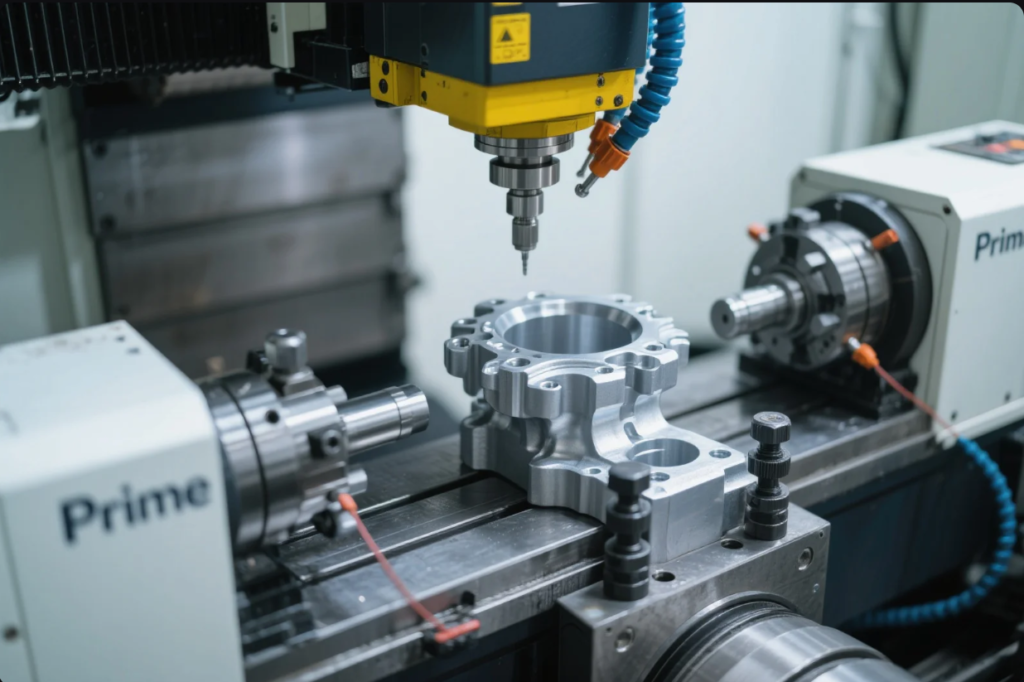
OEM Metal Casting Parts: What Engineers Must Know Before Ordering Ordering OEM metal casting parts without technical understanding leads to tolerance errors, delayed lead times, and failed inspection reports. This ultimate guide for engineers covers every critical step in OEM casting—from CAD drawing preparation and tolerance management to standards, post-processing, and real-world examples. Based on […]
Top 10 Metal Casting Materials: Pros, Cons, and Applications You Must Know
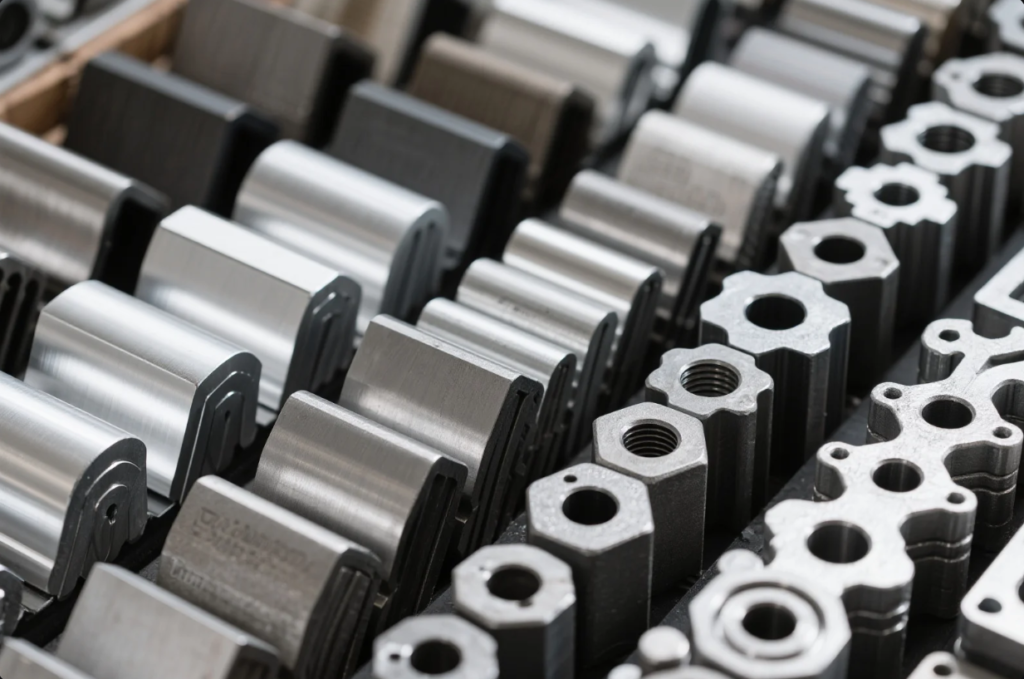
Top 10 Metal Casting Materials: Pros, Cons, and Applications You Must Know Selecting the wrong metal can ruin your casting project before it starts. From aluminum to stainless steel and ductile iron, each casting material has distinct traits. This guide breaks down the top 10 materials used in industrial casting, including when, where, and why […]
Die Casting vs. Investment Casting: A Complete Comparison for Industrial Buyers
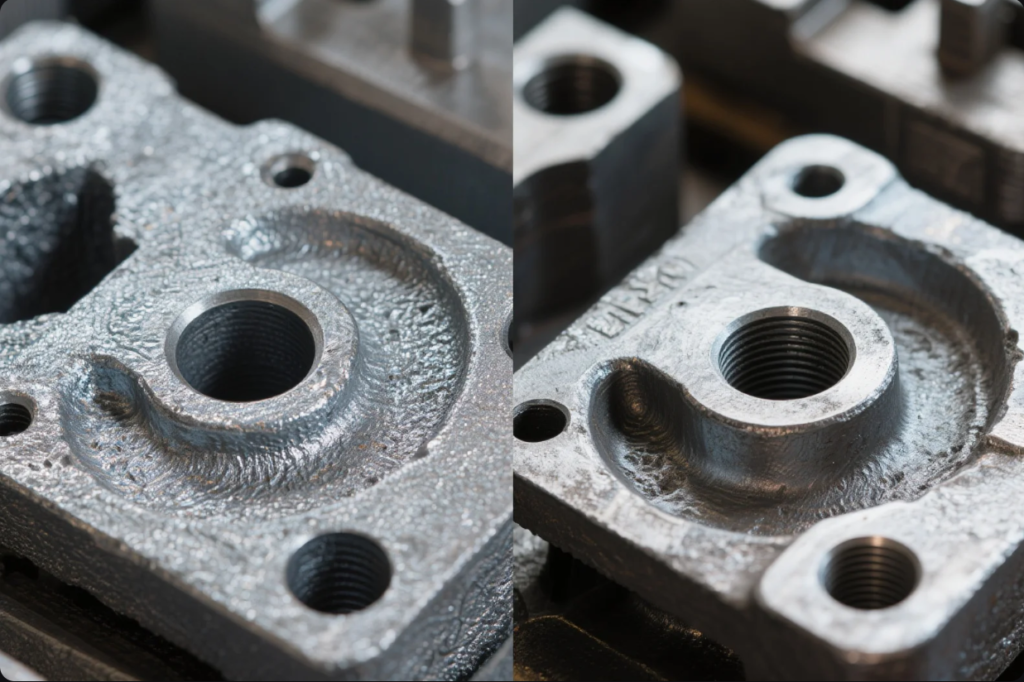
Die Casting vs. Investment Casting: A Complete Comparison for Industrial Buyers Choosing the wrong casting method results in wasted budget and poor product performance. Die casting and investment casting serve different industrial goals. One suits high-volume, precise applications. The other offers design flexibility and superior finishes. This guide compares them side by side. If you’re […]
Custom Metal Casting Parts: How to Choose the Right Process for Your Project?
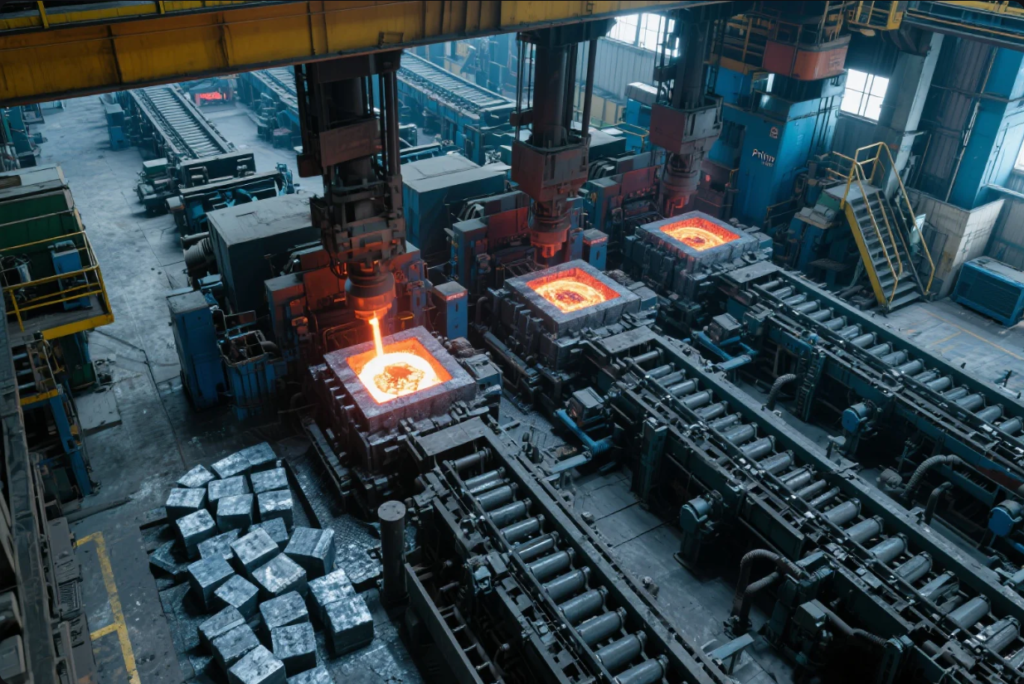
Custom Metal Casting Parts: How to Choose the Right Process for Your Project? Making the right casting decision prevents quality loss and missed deadlines. Each casting method has clear advantages. Sand casting offers flexibility. Die casting ensures consistency. Investment casting provides precision. Choose based on part design, volume, and cost. Selecting a poor method increases […]
What Is a Casting Part? A Complete Guide to Materials, Processes, and Applications
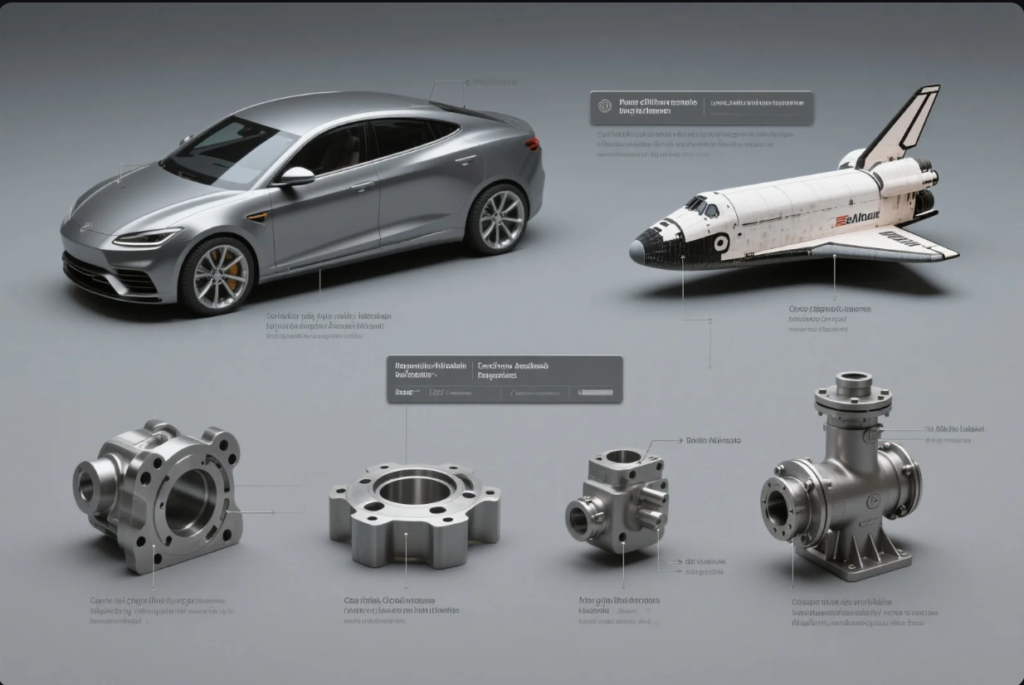
What Is a Casting Part? A Complete Guide to Materials, Processes, and Applications Casting parts confuse many industrial buyers. Wrong process, material, or supplier leads to delays and waste. Casting parts are formed by pouring molten metal into a mold. Choosing the right method or supplier avoids rework, high cost, and delivery issues. Buyers often […]

